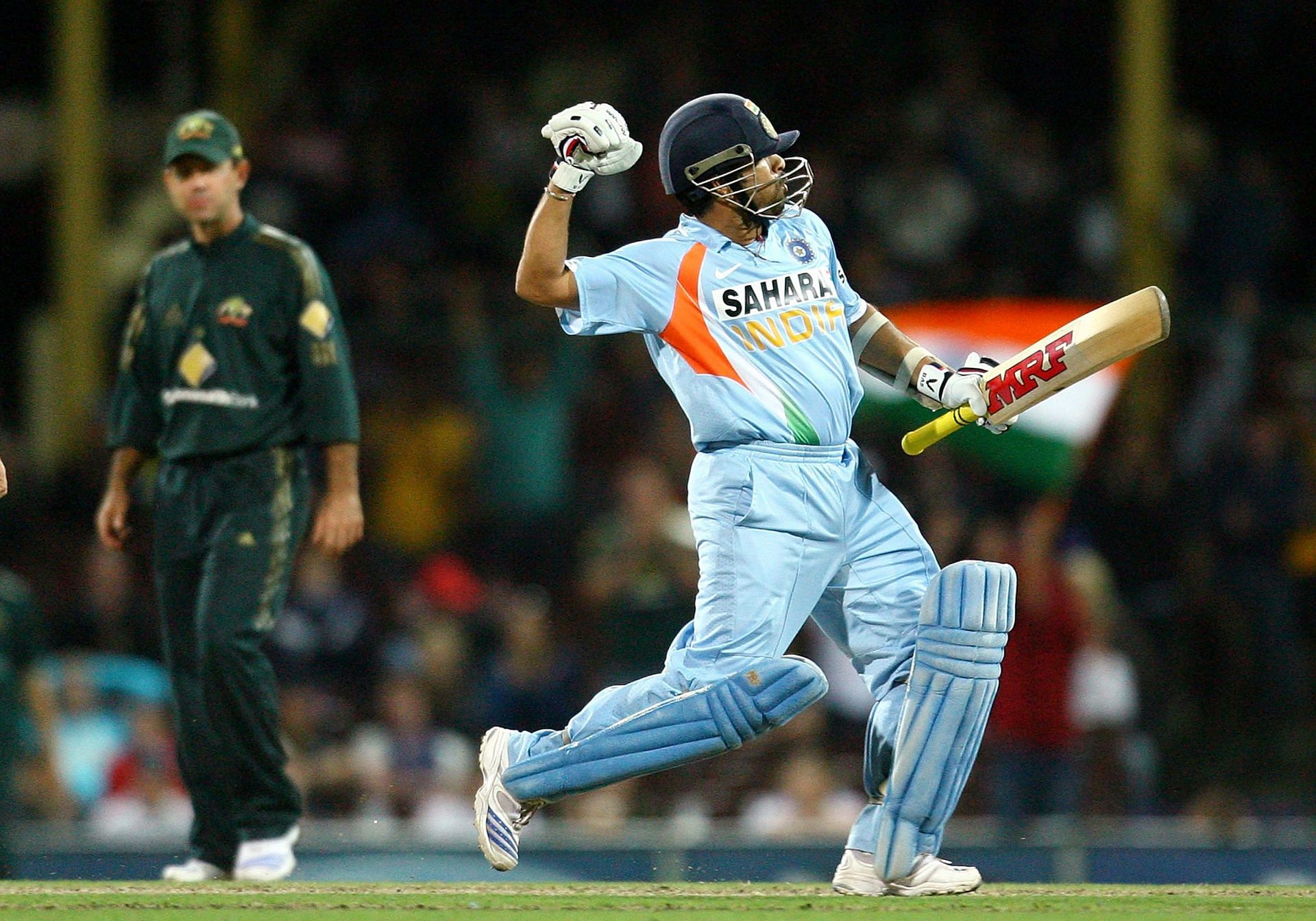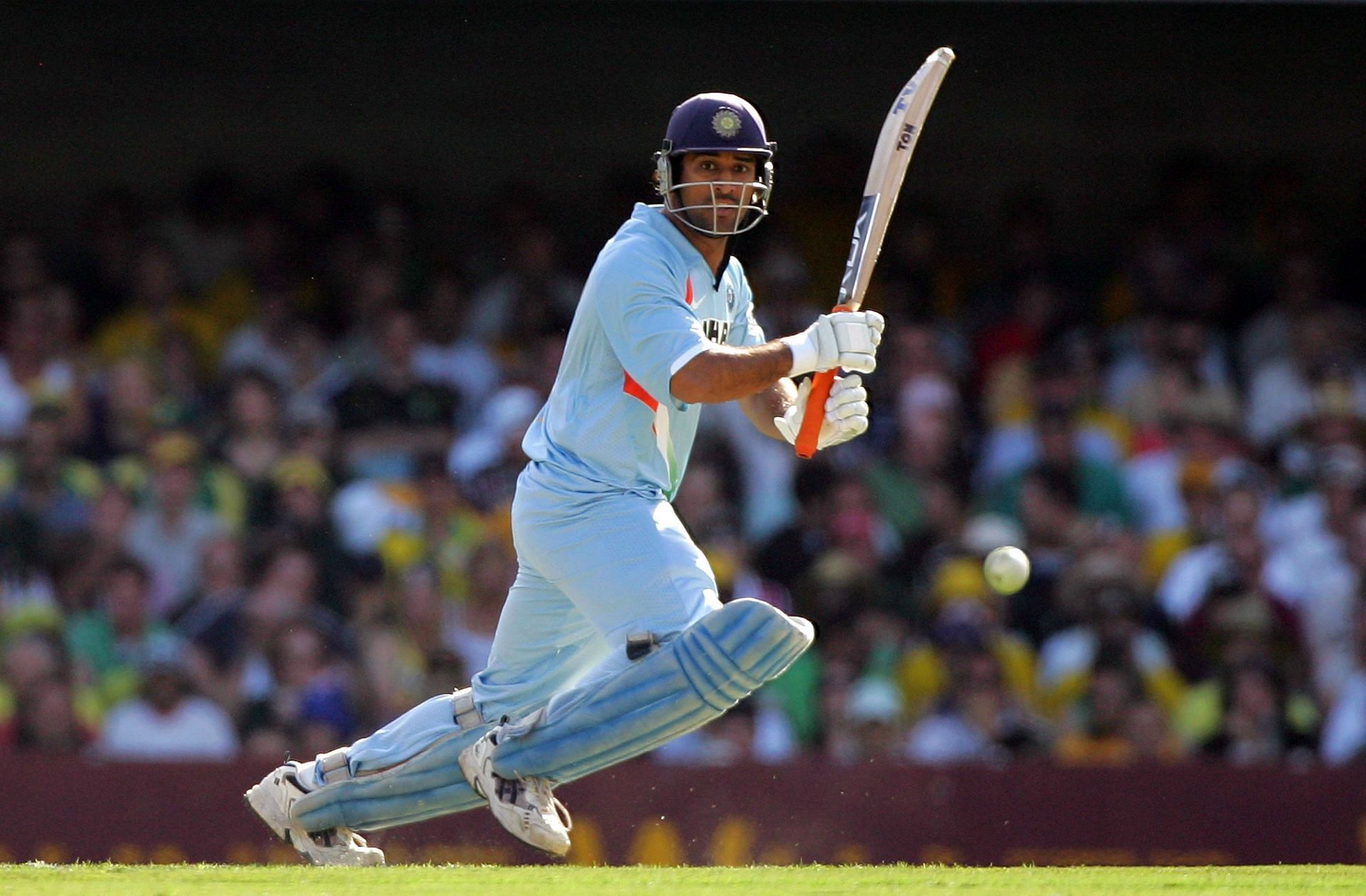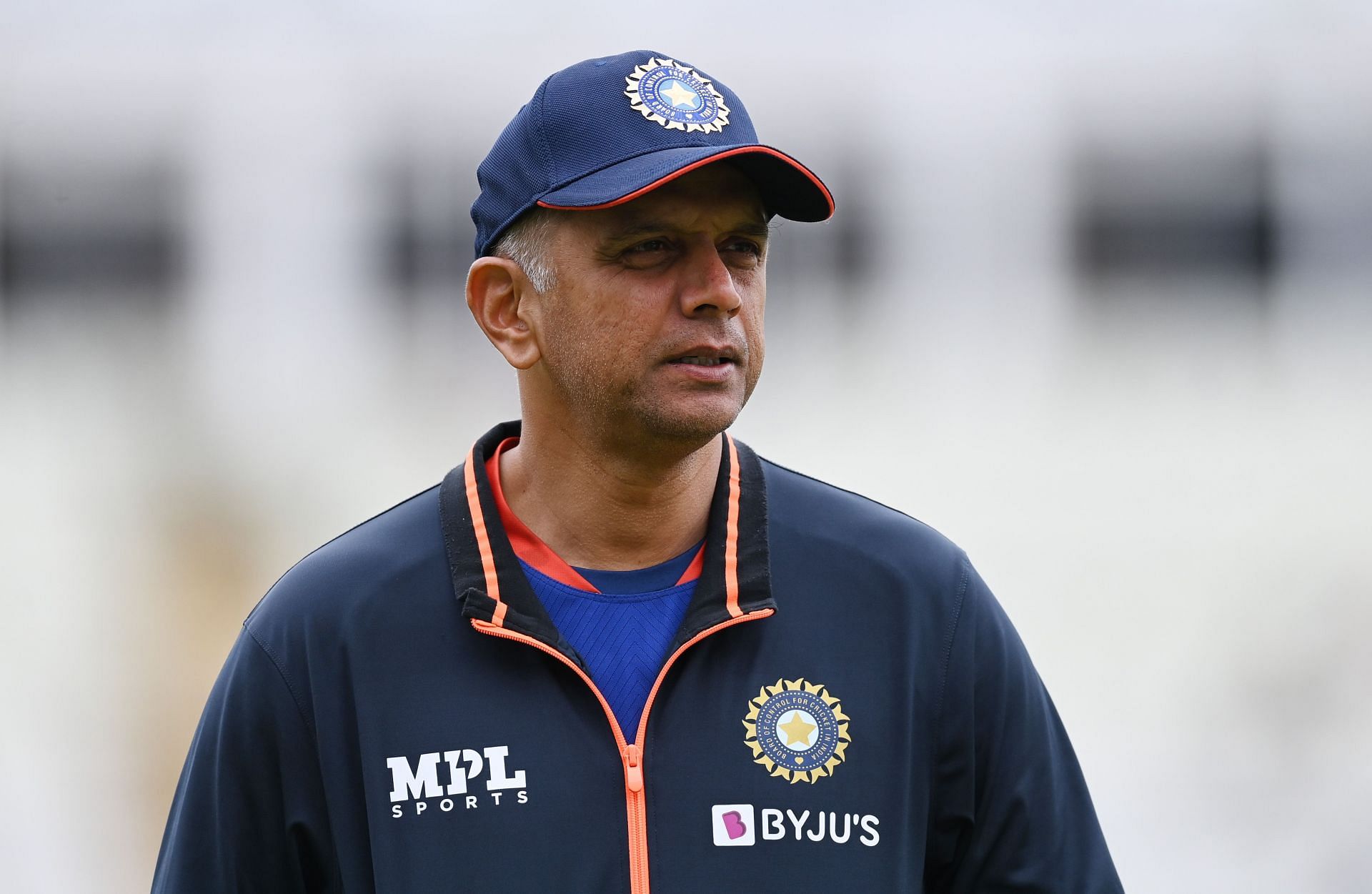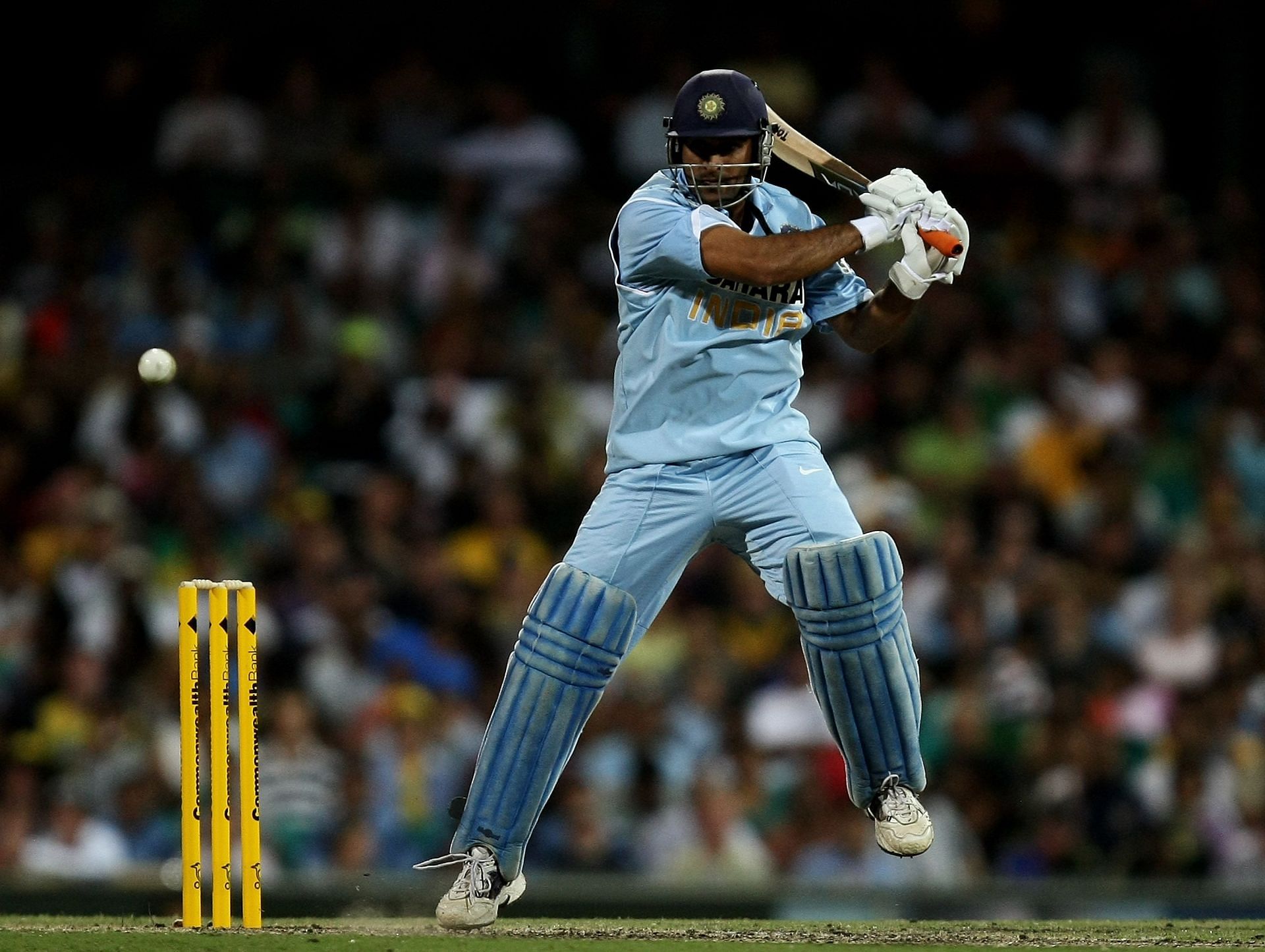
3 reasons why the CB series win sowed the seeds for India's successful 2011 World Cup campaign
The 2008 Commonwealth Bank (CB) series win is one of the most remarkable for India in ODI cricket. The Men in Blue edged Sri Lanka to reach the finals of the tri-nation tournament, where they faced hosts Australia.
The first final was played at the iconic Sydney Cricket Ground on March 2, 2008, which the visitors won by a margin of six wickets, courtesy of a brilliant unbeaten century (117*) by Sachin Tendulkar.
The second final was played at the Brisbane Cricket Ground, with another Tendulkar masterclass guiding the team to a respectable total of 258. Australia fell short of the target by nine runs and India won the CB series courtesy of two wins in the finals.
On the occasion of the 15th anniversary of the CB series win, here is a look at three reasons why it sowed the seeds for India's successful 2011 World Cup campaign.
#1 Growth and maturity of M.S. Dhoni as captain

Before the CB series in 2008, M.S. Dhoni did not have much experience as skipper, having led the side in just two series (at home against Australia and Pakistan). The seven-match series against Australia was not a successful one as India lost by a margin of 4-2. The five-match series against Pakistan was their first ODI series win under Dhoni's captaincy.
The CB series win was a feather in the cap for Dhoni. He led the side to the 2007 T20 World Cup title and was the obvious successor to Rahul Dravid in ODIs.
The CB series saw the growth and maturity of Dhoni as skipper, who backed young players in the team. Be it Robin Uthappa, Praveen Kumar, Ishant Sharma, Piyush Chawla, Rohit Sharma, S. Sreesanth, and Munaf Patel, all grew under Dhoni's guidance.
The likes of Suresh Raina, Yusuf Pathan, Virat Kohli, and R. Ashwin, who were part of the squad for the 2011 World Cup, also became match-winners under Dhoni's leadership.
#2 Gradual phasing out of seniors from the ODI team

After India's early exit from the 2007 World Cup, selectors gradually phased out senior players from the ODI setup.
Anil Kumble did not play ODIs post the 2007 World Cup. Sourav Ganguly did not feature in ODI cricket after a home series against Pakistan in 2007. Ajit Agarkar was not considered for selection following a seven-match ODI series in England.
Post Australia's tour of India in 2007, Rahul Dravid did not feature regularly in ODIs. He played just six ODIs in 2009 and five in 2011 and was not considered for the 2011 World Cup.
The selectors groomed youngsters and ensured they played enough ODIs so that they could be ready to perform on the big stage in the 2011 World Cup.
#3 Belief that India could beat the best in the world

The Australian ODI team in 2008 was one of the best in the history of the format, winning three consecutive ODI World Cups - in 1999, 2003 and 2007 - and absolutely dominating world cricket.
The fact that the Men in Blue beat a strong Australian team in their own backyard was a remarkable achievement. The Aussie ODI outfit comprising Adam Gilchrist, Matthew Hayden, Ricky Ponting, Brett Lee and others were all match winners and part of the team that had dominated ODI cricket in all conditions across the world.
The fact that the Men in Blue won the CB series by beating the Aussies at the peak of their powers in their own den fueled belief that they could beat any team, irrespective of the conditions, pitch or the outcome of the toss.
The win raised self-belief in the minds of the Indian team and was a stepping stone to their successful 2011 World Cup campaign.
